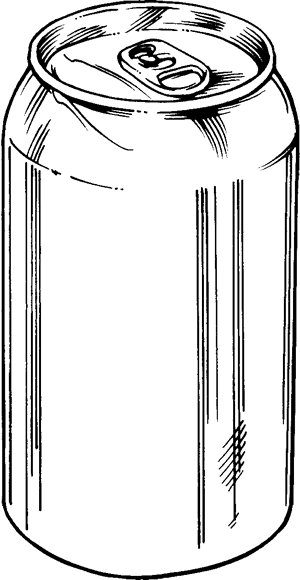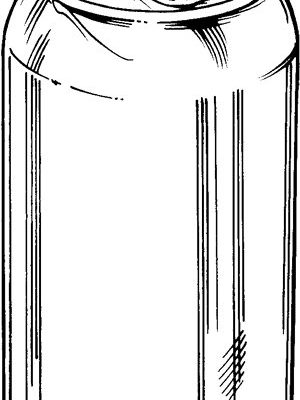
Regeneration is a hot topic in the animal kingdom. It’s like nature’s magic trick; some creatures can lose a part of themselves and simply grow it back. The Bobbit worm belongs to this select group, but the process isn’t as straightforward as it may seem. Understanding how these marine wonders heal and what that means for their survival can give us insights not just into their biology, but also the wonders of life in aquatic environments.
What Are Bobbit Worms?
Bobbit worms, scientifically known as *Eunice aphroditois*, are fascinating marine creatures found primarily in warm waters around the world. They’re often mistaken for just another worm, but they’re far more complex. These worms are known for their vibrant colors, usually shades of green, red, and blue, which make them quite a sight.
They live in burrows made in the sea floor, where they lie in wait for unsuspecting prey. With their long, segmented bodies and sharp jaws, Bobbit worms are ambush predators. They can whip out their jaws with lightning speed to capture fish and other marine organisms that swim too close. So, while they might look pretty, they’re definitely not something you want to mess with!
But what happens if a Bobbit worm loses part of its body? That’s where the regeneration abilities come into play, which leads us to our next point.
Understanding Regeneration in Bobbit Worms
Here’s the thing: Bobbit worms can regenerate lost segments, but this isn’t just a simple process. Regeneration means that these worms can regrow parts of their bodies, like an arm or a tail. This ability is essential for survival, especially in their predator-filled environment.
When a Bobbit worm gets injured—either from predators or environmental stress—it triggers a fascinating biological response. The worm’s body starts to heal, and over time, a new segment begins to grow. It’s almost as if the worm has a built-in repair system that kicks in when it needs to. But how long does this process take?
The Timeframe for Regeneration
The regeneration process can vary depending on several factors. Generally, Bobbit worms can regrow lost segments in anywhere from a few weeks to several months. This timeframe largely depends on the environment, availability of nutrients, and the extent of the injury.
If the worm loses a small segment, it might regenerate quickly. However, if a significant portion is lost, it may take longer to fully heal. Think of it like healing from an injury; a small cut can mend quickly, while a deep wound might take more time and care.
How Does Regeneration Work?
So, how exactly does a Bobbit worm regenerate a lost segment? The process is quite intricate! When a segment is lost, the worm begins by forming a special tissue called “blastema” at the site of the injury. This tissue contains cells that can develop into different types of cells needed for the new segment.
From there, the cells in the blastema start to differentiate and grow into the specific structures that make up the worm’s body. This includes muscle, nerves, and even the characteristic bristles. It’s a highly coordinated effort that involves a lot of biological processes working together.
If you think about it, regeneration in Bobbit worms is like a natural version of how we might heal from a wound. We have all sorts of cells and systems working to fix us up. Similarly, these worms have evolved remarkable mechanisms to ensure they can survive and thrive even after losing a part of themselves.
Why Regeneration Matters for Bobbit Worms
The ability to regenerate is crucial for Bobbit worms in several ways. First, it helps them survive in a world full of predators. Losing a segment might seem like a setback, but if they can grow it back, they increase their chances of survival. Imagine trying to escape from a situation, and you simply grow back the parts you lost.
Second, regeneration allows these worms to maintain their position in the food chain. As ambush predators, having a full, healthy body helps them catch prey effectively. If they cannot regenerate, their hunting abilities might diminish, impacting their ability to eat and thrive.
Lastly, the study of regeneration in organisms like the Bobbit worm can shed light on broader ecological and biological principles. Scientists are interested in understanding how these processes work, which could lead to advancements in medicine and biology. Who knows? The secrets of the Bobbit worm might one day contribute to human health!
Comparing Regeneration in Different Species
While Bobbit worms are fascinating because of their regeneration abilities, they’re not the only creatures that can grow back lost parts. Many other species, like some starfish and salamanders, have their own unique ways of regenerating.
For instance, some species of starfish can regenerate entire limbs, and some even regrow complete bodies from a single arm! It’s pretty incredible how nature allows these creatures to adapt and survive. On the other hand, salamanders can regenerate limbs, tails, and even parts of their hearts.
The differences in regeneration among these species raise interesting questions. Why does one species regenerate differently than another? What evolutionary benefits does this provide? Studying these variations can help us understand the adaptive nature of life on Earth.
In conclusion, Bobbit worms are not just impressive due to their size and hunting prowess; their ability to regenerate lost segments adds another layer to their captivating biology. As we’ve seen, the regeneration process is complex and crucial for their survival, allowing them to thrive in a challenging environment.
Understanding how Bobbit worms regenerate not only highlights the wonders of marine life but also opens doors for further research into regeneration in nature. It’s a reminder of how incredible life can be, where even a creature like the Bobbit worm can bounce back from adversity. So the next time you think about these colorful, segmented wonders, remember that they’re more resilient than they might appear!

